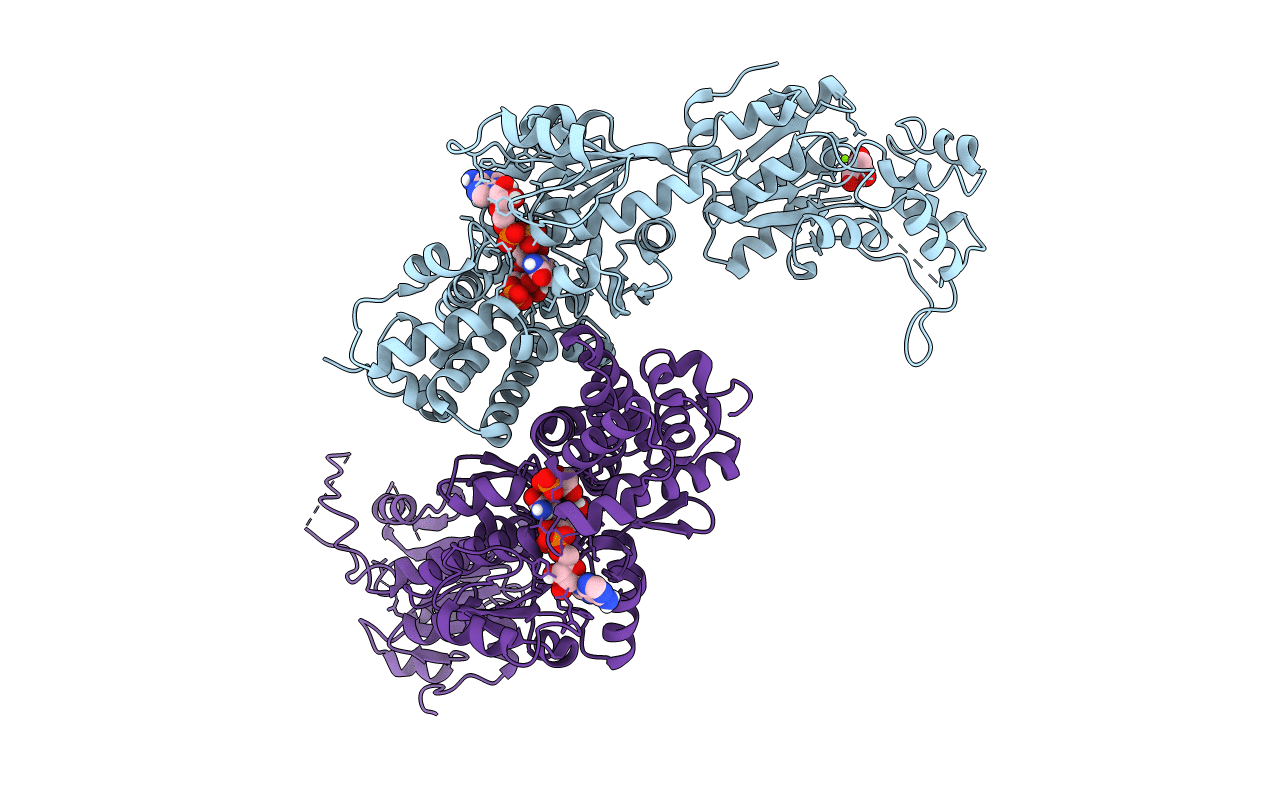
Deposition Date
2018-12-01
Release Date
2019-12-04
Last Version Date
2023-11-22
Method Details:
Experimental Method:
Resolution:
2.20 Å
R-Value Free:
0.24
R-Value Work:
0.19
R-Value Observed:
0.20
Space Group:
P 41 2 2


